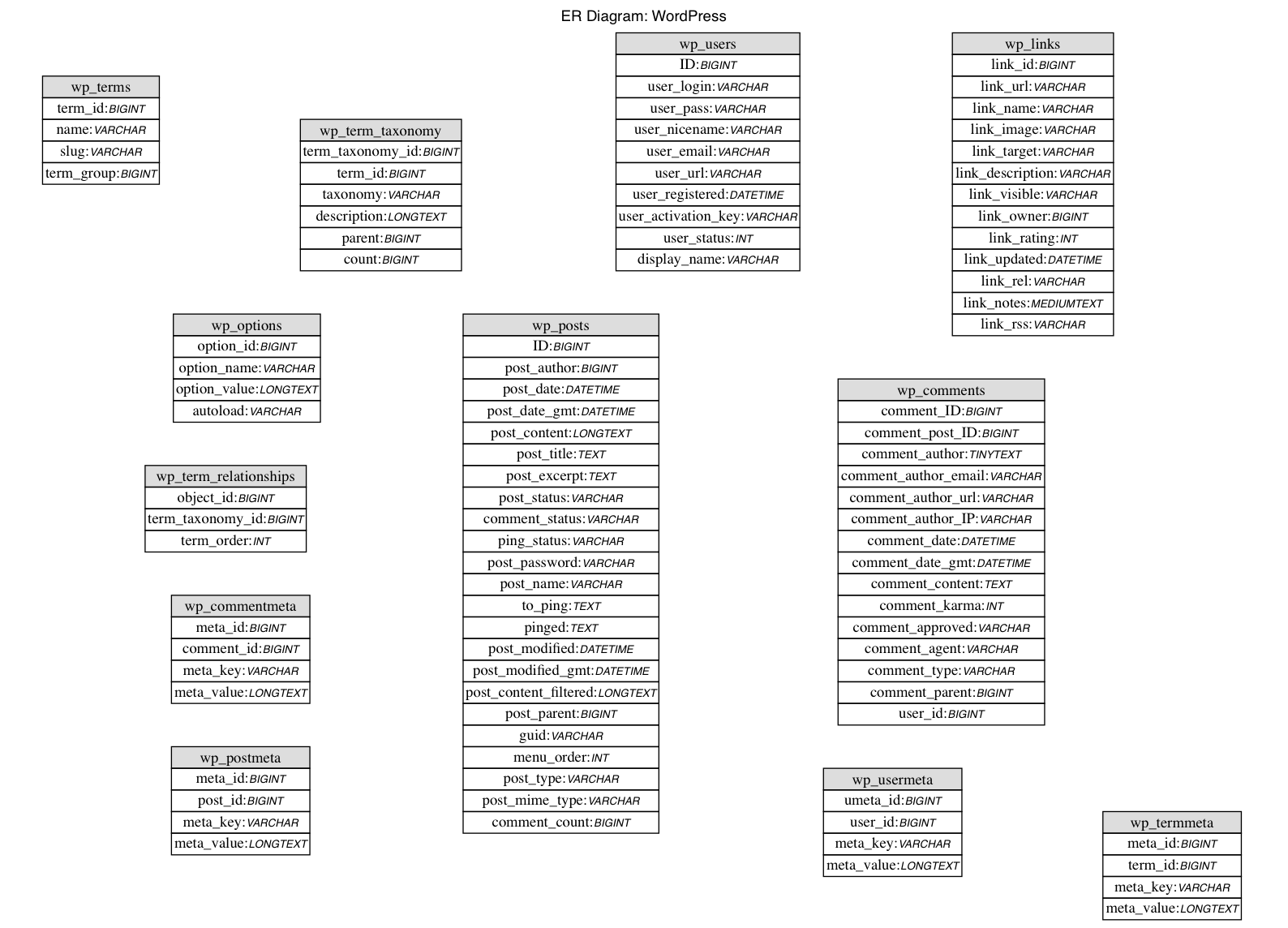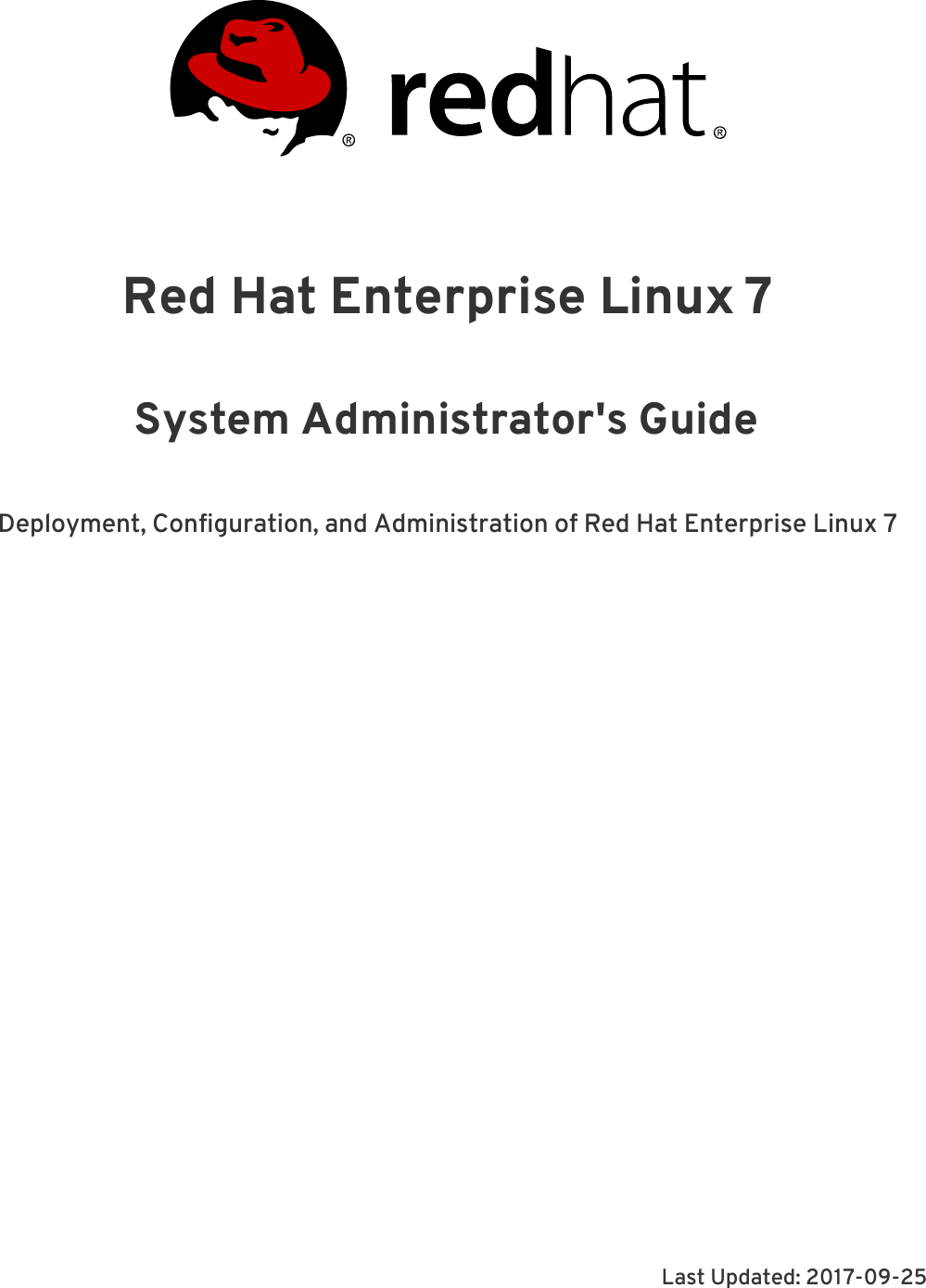To print or store simulation information, redefine recordScalar(), recordStatistic()and/or the output vector related methods. Other cEnvir strategies are invoked from the simulation kernel to tell the setting about messages being sent, occasions scheduled and cancelled, modules created, and so forth. The eventlog file is created mechanically throughout a simulation run upon explicit request configurable within the ini file. The ensuing file can be viewed in the OMNeT++ IDE using the Sequence Chart and the Eventlog Table or can be processed by the command line Eventlog Tool. These instruments help filtering the collected knowledge to allow you to give attention to occasions relevant to what you're in search of. They permit inspecting causality relationships and provide filtering based on simulation occasions, event numbers, modules and messages. Modules could be connected with each other through gates , and combined to form compound modules. Modules communicate through message passing, where messages might carry arbitrary knowledge structures. Modules can pass messages along predefined paths by way of gates and connections, or directly to their vacation spot; the latter is helpful for wi-fi simulations, for instance. Modules may have parameters that can be used to customise module habits and/or to parameterize the model's topology. Modules at the lowest level of the module hierarchy are called simple modules, and so they encapsulate mannequin habits.
Simple modules are programmed in C++, and make use of the simulation library. OMNeT++ allows you to load shared libraries at runtime. Inside the send() name, OMNeT++ follows the connection path denoted by the getNextGate() features of gates, until it reaches the goal module. After processing all hops that means, OMNeT++ inserts the message object into the Future Events Set (FES, see section[4.1.2]), and the send() name returns. Then OMNeT++ continues to process events in rising timestamp order. The message shall be delivered to the target module's handleMessage()(or receive()) function when it will get to the front of the FES. Log information are an important tool for troubleshooting system issues. Column Description Points to the currently scrubbed occasion When bookmarks are used, this column may have a visible indication of whether or not the row in question is bookmarked. Event The event ID of the API name, operation, or comment for this occasion. On the left-hand-side, when perfmarkers are used, a perfmarker stack is visually indicated and the ID indicates the vary of events contained within this hierarchy degree. Hovering over this cell will show the complete perfmarker hierarchy. When the occasion in question is an motion, the right-hand-side will include a link to open the occasion in the API Inspector. Description Describes the API name, operation, or comment. This column hierarchically lists the occasion hierarchy as controlled by the utilization of Marker APIs. Object The API object (context, queue, resource, and so on.) for which the event was operated on or by. When this is a perfmarker vary, this means an combination summation. These timings are provided for reference, as they are not absolutely correct because of the impact of capture operations on their timing.
Note that tracing instruments like Nsight Systems™ are focused for larger resolution timing. For perfmarker ranges, a delta time is indicated, noting that that is an approximated aggregation of the timing of the occasions inside it, not an absolute timing. Thread The thread that carried out the API name, operation, or comment. Tag A listing of meta-data tags that relate to the call in question. These typically point out special characteristics of the call that aren't evident of their API name or parameters. Issue For APIs that support problem tracking , this column indicates whether or not a specific API call or operation has issues/warnings of curiosity. Another factor that affects the dimensions of an eventlog file is the variety of modules for which the simulation kernel records occasions during the simulation. The module-eventlog-recording per-module configuration option instructs the kernel to report solely the events that occurred within the matching modules. This configuration option only applies to simple modules. Statistics are declared in the NED files with the @statistic property, and modules emit values utilizing the signal mechanism. The simulation framework information knowledge by adding special end result file writer listeners to the indicators.
By being in a position to choose what listeners to add, the consumer can management what to record in the outcome files and what computations to apply before recording. The aforementioned part [4.15]also explains the means to instrument simple modules and channels for signals-based outcome recording. OMNeT++ offers built-in support for recording simulation outcomes, viaoutput vectors and output scalars. Output vectors are time series data, recorded from simple modules or channels. At the tip of the simulation, the finish()methods of the easy modules are run, and the outputs from them are displayed. In order to document simulation outcomes based mostly on indicators, one must properties to the simple module's (or channel's) NED definition. Record objects could be marked elective, which helps you to denote a "default" and a extra comprehensive "all" outcome set to be recorded; the list of document gadgets can be additional tweaked from the configuration. One can even specify a descriptive name ("title") for the statistic, and likewise a measurement unit. Branching logic will only hide questions, not entire data assortment instruments. If you could have a list of knowledge collection instruments in a project or event , you will see every kind even should you disguise all the fields with branching logic on that kind. You'll have to click by way of the varieties or "save and go to subsequent kind". A work around may be to add a descriptive text that the form just isn't applicable to that specific report or just go away the shape blank. The resolveResourcePath() methodology of modules and channels accepts a file name as input, and appears into numerous handy places to search out the file. The record of the search folders consists of the present working directory, the folder of the principle ini file, and the folder of the NED file that defined the module or channel. If the useful resource is found, the function returns the full path; otherwise it returns the empty string.
The first line of the function physique reveals tips on how to supply default values for optional arguments; for the rng argument in this case. This is critical because the a andb arguments are each portions and may come in with totally different measurement items. We use the doubleValueInUnit() function to acquire the numeric value of b in a's measurement unit. If the two models are incompatible or only one of many parameters have a unit, an error will be raised. If neither parameters have a unit,doubleValueInUnit() merely returns the saved double. Then we name the uniform() C++ function to really generate a random number, and return it in a brief lived object with a's measurement unit. Alternatively, we might have overwritten the numeric a part of a with the outcome using setPreservingUnit(), and returned simply that. If there is no measurement unit, getUnit() will return nullptr, which is known by each doubleValueInUnit() and thecNEDValue constructor. OMNeT++ has an intensive C++ class library obtainable to the user for implementing simulation models and model parts. Compound modules, like easy modules, might have parameters and gates.
Our Node module incorporates an tackle parameter, plus agate vector of unspecified dimension, named port. The actual gate vector dimension might be determined implicitly by the number of neighbours after we create a community from nodes of this type. The type of port[] is inout, which allows bidirectional connections. It is possible to annotate module or channel varieties, parameters, gates and submodules by including properties. Metadata aren't utilized by the simulation kernel immediately, but they'll carry additional data for numerous tools, the runtime surroundings, and even for other modules within the mannequin. For instance, a module's graphical illustration or the immediate string and measurement unit of a parameter are already specified as metadata annotations. A simulation executable can store several impartial models that use the identical set of easy modules. The consumer can specify within the configuration file which mannequin is to be run. This allows one to build one large executable that accommodates a number of simulation fashions, and distribute it as a standalone simulation tool. The flexibility of the topology description language also supports this strategy. The longitudinal project enables you to define "events" in your project that permit the utilization of knowledge assortment forms a number of instances for any given database report. An "event" may be a temporal occasion in the middle of your project such as a participant go to or a task to be performed. You might group your occasions into "arms" by which you may have one or more arms/groups on your project. You may use the table provided to create new occasions and/or arms, or modify current ones. One arm and one occasion shall be initially outlined as the default for all databases.
A longitudinal project is much like a traditional data collection project in that multiple knowledge entry types are defined. However not like the traditional model, types in a longitudinal project could be completed repeatedly for a single report. The longitudinal mannequin permits any information entry web page to be repeated any given variety of times throughout pre-defined time-points, which are specified by the user earlier than data is collected. So somewhat than repeating an information entry form multiple instances in the Data Dictionary, it can exist solely once in the Data Dictionary but be repeated N variety of occasions using the longitudinal model. All survey and knowledge entry features/functions will be exactly the same as they're in development excluding certain Project Setup features. Some project and form design updates will require contacting a REDCap Admin and/or submitting knowledge assortment instrument modifications in Draft Mode. Changes to data collection devices in Draft Mode aren't made to your project in actual time. After making updates, you must submit the adjustments for evaluation. Review and approval time will range and are institution particular. The trick is to put in writing cModuleType and cChannelType objects for easy module, compound module and channel types, and register them manually.
For instance, cModuleType has pure digital methods calledcreateModuleObject(), addParametersAndGatesTo,setupGateVectors, buildInside, which you have to implement. The physique of the buildInside() technique would be just like C++ information generated by nedtool of OMNeT++ three.x. It is quite frequent in simulation research that the simulation mannequin is run a number of occasions with different parameter settings, and the results are analyzed in relation to the enter parameters. The identical consumer interface area that accommodates submodules and connections (i.e. the canvas) also can display additional graphical components that OMNeT++ calls figures. Using figures, one can show traces, curves, polygons, images and text items, and anything that can be constructed by combining them and applying results like rotation and scaling. Like display strings, figures may additionally be laid out in NED recordsdata, but it is usually more useful to create and manipulate them programmatically. Every module has its personal default canvas, and extra canvases may also be created at runtime. OMNeT++ makes logging simple and consistent amongst simulation models by providing its personal C++ API and configuration options. In the following sections, we look at the way to write log statements using the OMNeT++ logging API. We have created the NED definitions for this instance, but how are they utilized by OMNeT++? When the simulation program is started, it hundreds the NED information. The program ought to already contain the C++ lessons that implement the wanted easy modules, App, Routing and Queue; their C++ code is either part of the executable or is loaded from a shared library.
The simulation program also masses the configuration (omnetpp.ini), and determines from it that the simulation model to be run is the Network network. The easy modules of a model contain algorithms as C++ functions. The full flexibility and power of the programming language can be used, supported by the OMNeT++ simulation class library. The simulation programmer can choose between event-driven and process-style description, and freely use object-oriented ideas and design patterns to extend the functionality of the simulator. As a safety measure, REDCap prevents users from getting into duplicate data. However, some initiatives could need to enter knowledge twice for each report as a method of guaranteeing high quality knowledge assortment by later comparing the data. When the module is enabled, REDCap collects information in a different way than regular. It lets you designate any two project users or roles as "Data Entry Person 1" and "Data Entry Person 2", which is completed on the User Rights page. Once designated, both of these two users can start entering knowledge independently, and they will be allowed to create duplicate records. They won't be able to access one another's information, and solely normal users will have the flexibility to see all three copies of the data. Once every designated knowledge entry particular person has created an occasion of the identical record, both instances can then be in contrast facet by side on the Data Comparison Tool page and merged into a third instance. Yes, for longitudinal projects (i.e. with a number of occasions defined), branching logic might utilize fields from other events (i.e. visits, time-points).
The branching logic format is somewhat totally different from the traditional format as a end result of the distinctive occasion name have to be specified in the logic for the goal occasion. The distinctive occasion name must be prepended to the beginning of the variable name , i.e. . In a data dictionary, creating a matrix of fields is as straightforward as creating any regular radio button field or checkbox field. Create your first field in the matrix as either a radio or checkbox subject kind by including it as a new row in the data dictionary. You should provide its variable name and type name , then set its area kind as either "radio" or "checkbox". Then set its area label in column E, its multiple alternative choices in column F, and then lastly in column P you should provide a Matrix Group Name. The Data Dictionary is a particularly formatted spreadsheet in CSV containing the metadata used to construct information collection devices and fields. The modifications you make with the info dictionary are not made in real time to the project (off-line method). The modified file should first be uploaded successfully earlier than modifications are committed to the project. The Define My Events web page permits you to establish the events and scheduling intervals on your project. An "event" could also be a temporal go to in the midst of your project corresponding to a participant visit or a task to be carried out. After events have been defined, you could use them and their Days Offset value to generate schedules. To add new occasions provide an Event Name and Date Offset for that occasion and click the Add New Event button. It is strongly recommended that you simply take a look at your projects prior to transferring to Production, both by getting into take a look at knowledge or real research information. Logging Level Description DEBUG This degree lists all informational occasions that occur inside the bundle being logged. INFO This level lists informational messages that highlight the progress of the applying. ERROR This level lists all error messages that occur when the appliance is running. FATAL This stage lists extreme events that might trigger the appliance to abort. When a logger is configured to output log entries at a certain stage, it also writes any log entries of greater importance, as defined above.






























































